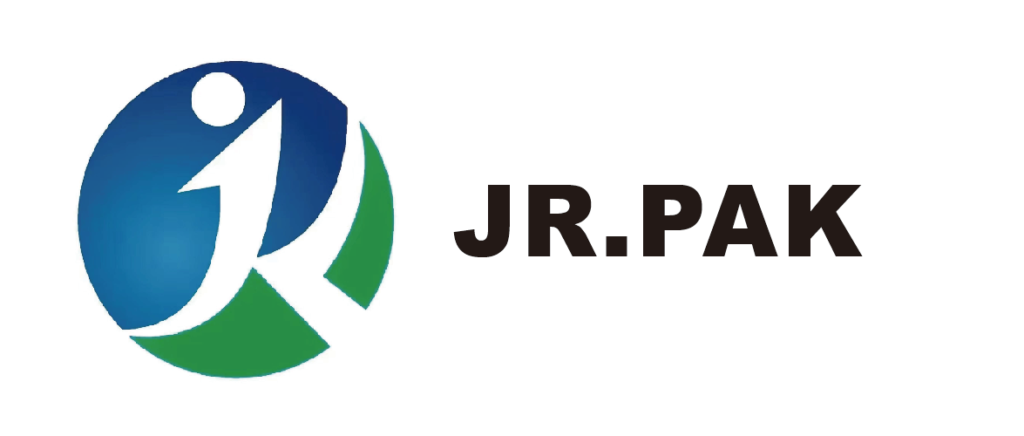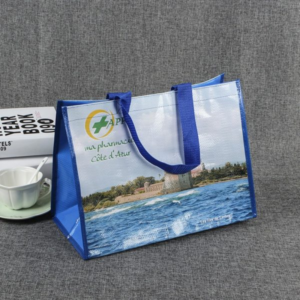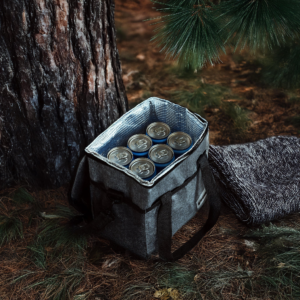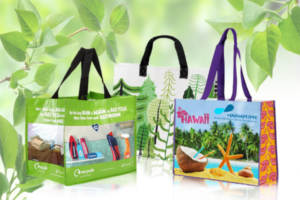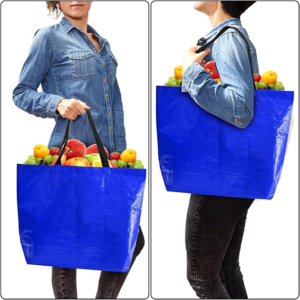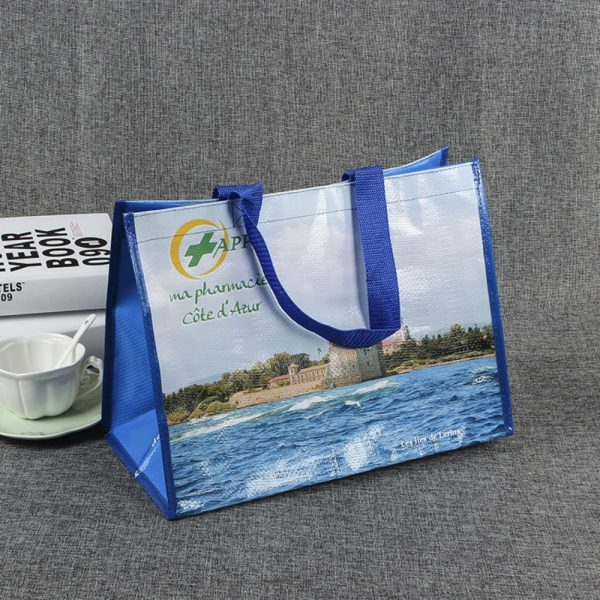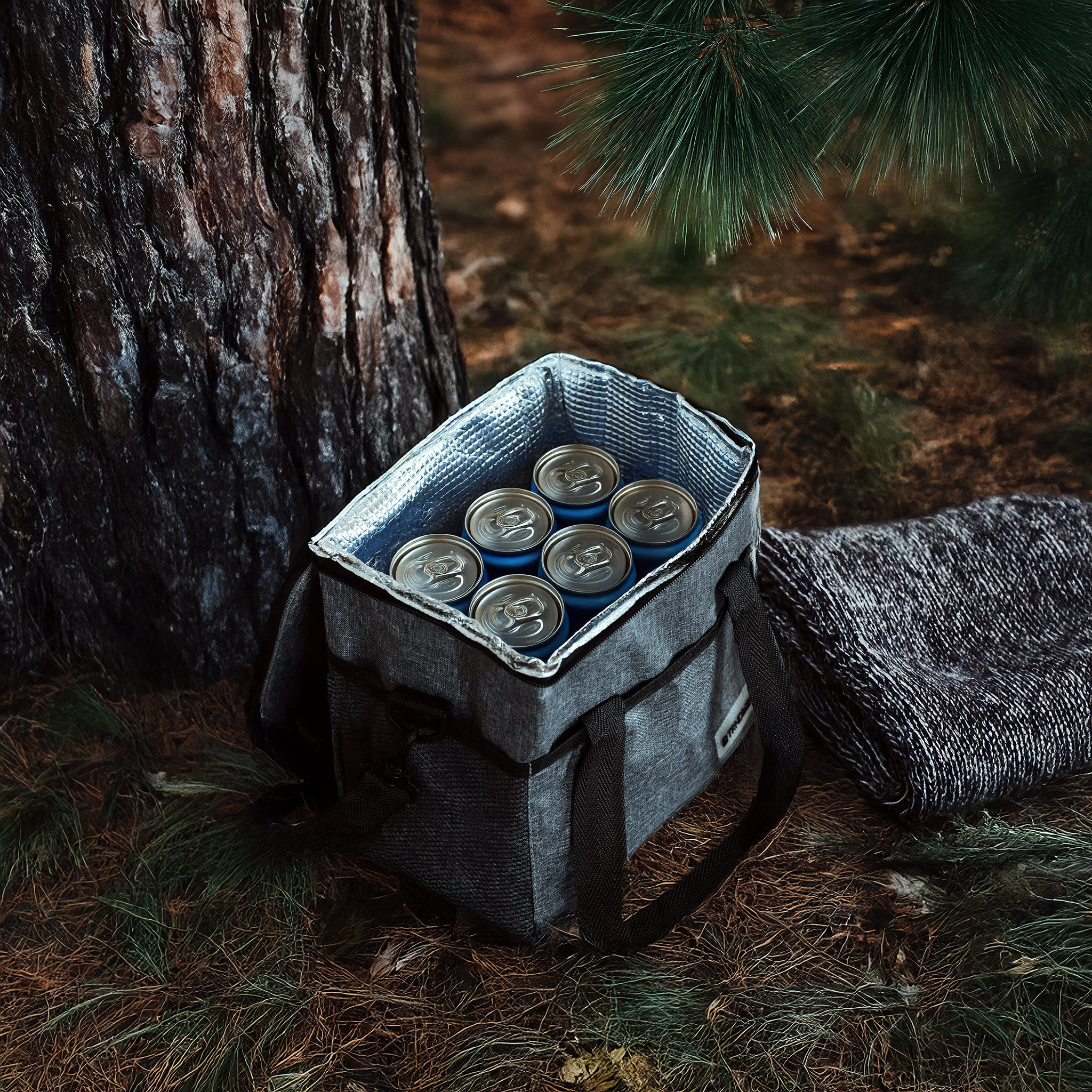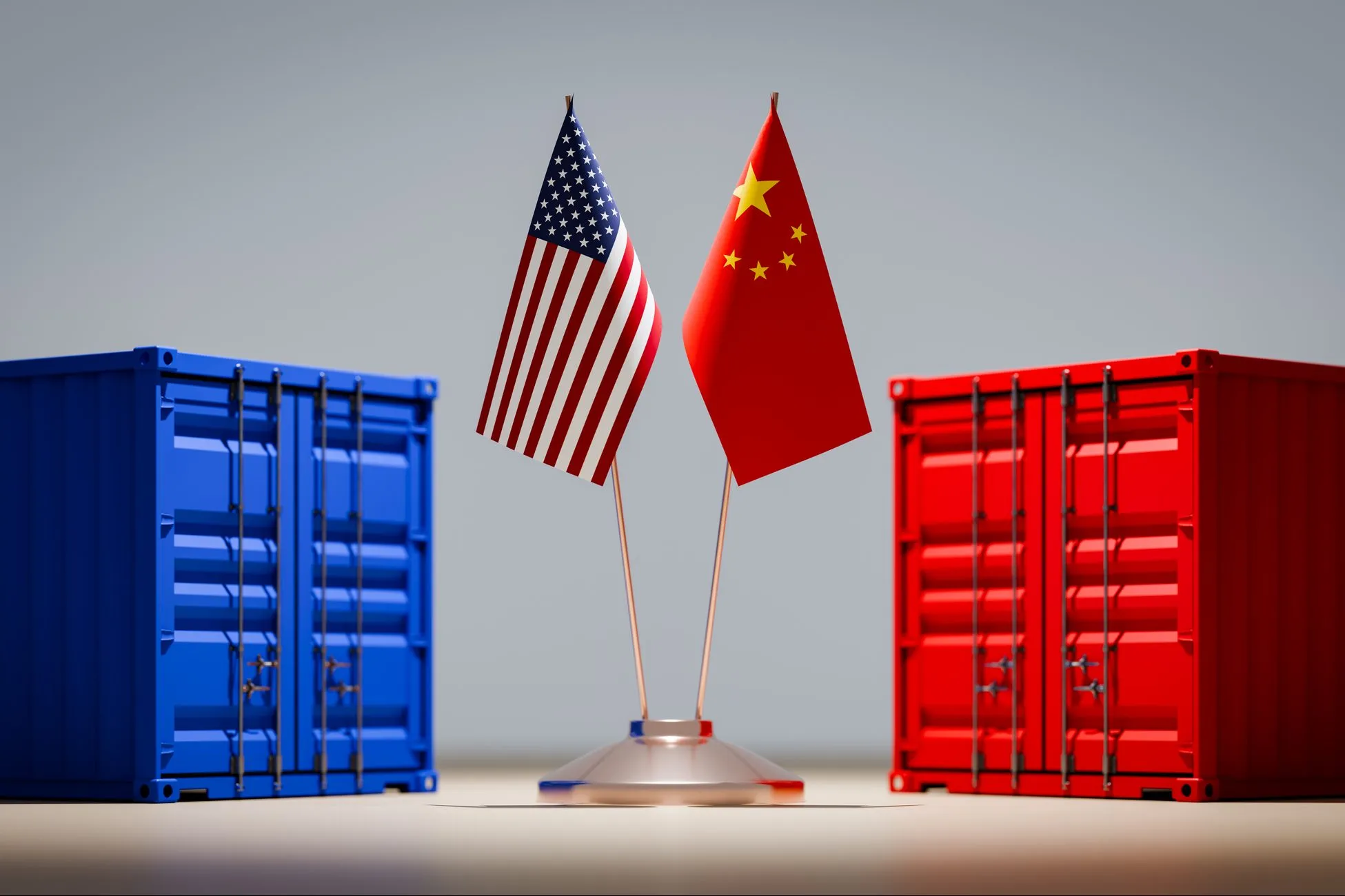
The ongoing US-China trade war has significantly impacted many industries, including packaging. How are the new tariffs on China’s products affecting bag manufacturers and distributors?
US tariffs on Chinese imports, including packaging products like bags, have caused a shift in market dynamics. This has led to challenges and opportunities for manufacturers and distributors.
The trade war has increased production costs, but it also brought new opportunities for Chinese manufacturers to innovate and reach new markets. Keep reading to explore how this shift is reshaping the packaging industry.
The Impact of Tariffs on the Chinese Bag Manufacturing Industry?
The introduction of tariffs has made Chinese-made products1 more expensive in the US market. This has affected bag manufacturers, especially those in the packaging industry, which relies heavily on exporting to the US. With tariffs ranging from 10% to 25%, the price of non-woven, PP woven, and other types of bags has risen significantly. The question is: can Chinese manufacturers still compete with the increased costs?
Tariffs increase the cost of Chinese-made bags for US buyers. However, this also pushes Chinese manufacturers to streamline operations and explore new markets.
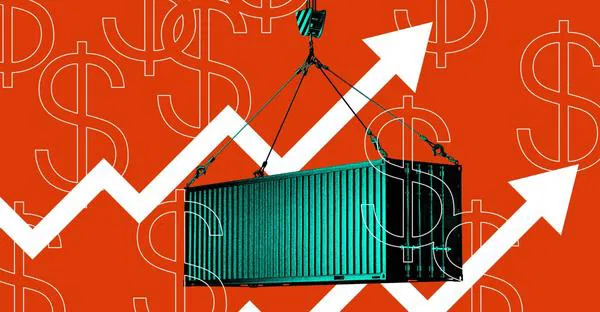
In response to these tariffs, Chinese bag manufacturers face challenges in maintaining competitive prices2. Some have turned to more advanced machinery and techniques to reduce costs, while others are diversifying their product offerings. For instance, many factories have improved their non-woven bag production lines, focusing on increasing efficiency and reducing waste. However, the ultimate impact depends on how well manufacturers can adapt to these changes and secure new buyers in regions unaffected by the tariffs.
How Chinese Manufacturers Are Adapting
| Adaptation Strategy | Description | Example |
|---|---|---|
| Diversification of Markets | Expanding into regions like Europe and Asia where tariffs are not an issue. | Increased exports to Singapore and South Korea. |
| Product Innovation | Introducing eco-friendly materials to align with global sustainability trends. | Non-woven bags made from recycled fibers. |
| Cost Efficiency Improvements | Upgrading machinery and enhancing production efficiency to reduce costs. | Automation in bag manufacturing to lower labor costs. |
By shifting their focus to these strategies, manufacturers can maintain their market share, even in the face of rising tariffs.
Opportunities for the Chinese Bag Industry
While tariffs have caused many disruptions, there are also silver linings. One key opportunity is the growing demand for eco-friendly and sustainable packaging3. With increasing environmental awareness, many businesses are moving towards non-woven and PP woven bags that are both durable and recyclable. Additionally, the rising cost of plastic has made eco-friendly alternatives more attractive, especially for companies looking to market themselves as sustainable.
Eco-friendly alternatives are in high demand, and Chinese bag manufacturers can capitalize on this trend to offer more sustainable products.
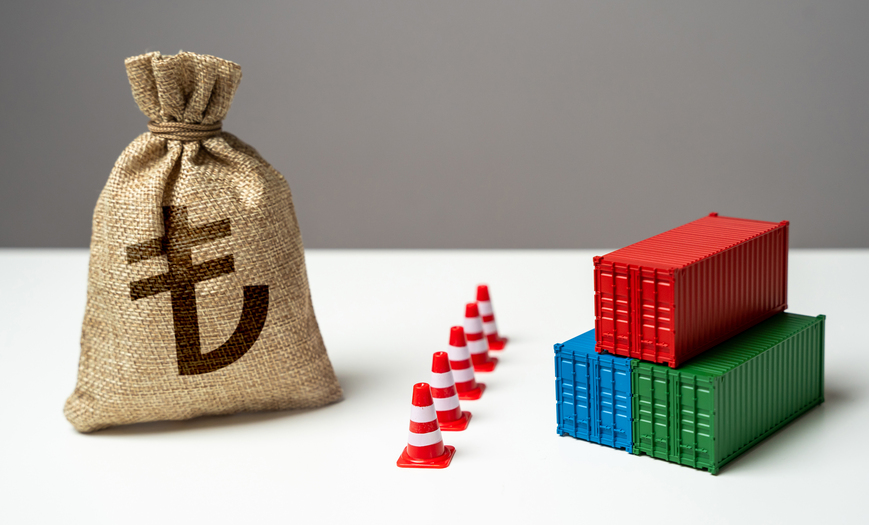
Moreover, the tariffs have encouraged some US-based companies to seek alternative suppliers outside China, creating a new market for other countries like Vietnam, India, and even Latin America. This has led to more competitive pressure, but it also opens up new opportunities for Chinese manufacturers to expand and diversify their customer base.
Rising Eco-Friendly Demand
The demand for eco-friendly non-woven bags4 and PP woven bags is at an all-time high. These bags are made from recyclable materials, helping businesses meet their sustainability goals. Companies in the US are increasingly looking for products that align with environmental regulations, which opens up space for Chinese manufacturers who focus on this.
Here are some numbers showing the growth in demand for eco-friendly bags:
| Year | Market Demand for Eco-Friendly Bags | Growth Rate |
|---|---|---|
| 2020 | 50 million units | +10% |
| 2021 | 55 million units | +12% |
| 2022 | 65 million units | +18% |
| 2023 | 70 million units | +20% |
US Distributors’ Reactions and Adaptations
US distributors, especially those in large retail chains and supermarkets, are adapting by rethinking their supply chains and looking for cost-effective ways to procure bags. Some distributors are sourcing bags from other countries, but many still prefer Chinese-made products due to their superior quality and competitive prices5(even with the tariffs).
US distributors are adjusting their strategies by seeking more reliable Chinese suppliers and diversifying their portfolios to stay competitive.
Chinese manufacturers are responding by offering flexible pricing models and ensuring fast delivery times, which is crucial in industries where timing is everything. Distributors are also emphasizing the need for certifications and quality control6 to prevent any issues related to the products they import.
Key Challenges for US Distributors
| Challenge | Impact | Solution |
|---|---|---|
| Increased Costs | Higher costs for Chinese-made bags | Seek alternative suppliers with better terms. |
| Supply Chain Disruptions | Delays in delivery due to tariffs | Strengthen logistics operations to prevent delays. |
| Quality Control Issues | Concerns about inconsistent quality | Work with reliable Chinese manufacturers with certifications. |
Conclusion
In my opinion, while tariffs have presented significant challenges for both manufacturers and distributors, they also create a chance for growth and innovation. As a business in the bag manufacturing industry, JiaRong Packaging are constantly adapting to these changes. We focus on maintaining our high-quality standards while offering products that meet both sustainability and cost-efficiency needs.
You can explore our high-quality, eco-friendly, customizable packaging products here at JiaRong Packaging. Let’s create a more sustainable future together!
-
This link will explain the impact of tariffs on Chinese manufacturing and their strategies for coping with price hikes. ↩
-
This link will explore how advanced machinery helps manufacturers reduce production costs and stay competitive. ↩
-
This link will explain the rise in demand for eco-friendly packaging and its role in the market. ↩
-
This link explores how eco-friendly materials like non-woven and PP woven bags support corporate sustainability objectives. ↩
-
This link discusses the adjustments and strategies US distributors are implementing in response to tariffs on Chinese goods. ↩
-
This link explains the importance of certifications and quality control in ensuring the reliability of imported products. ↩
